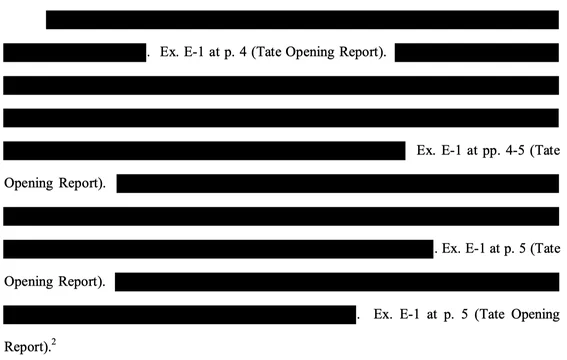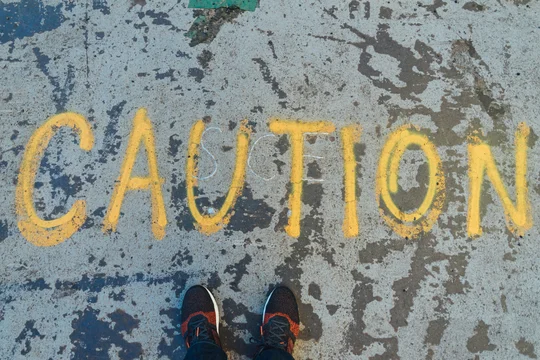
On Friday, after we wrote our post about it, the Court granted the Press Coalition's motion to intervene and adjusted the voir dire procedures for today's jury selection in the Hunter Biden case, United States v. Robert Hunter Biden, C.A. No. 23-61 (D. Del.).
The Court modified the procedures so that the jury pool will be moved out of the room to make space for the press to attend in person during the voir dire:
The motion is granted to the extent that the Court will ask that the Public Notice be revised to state:
The Trial is scheduled to begin with jury selection at 8:30 a.m. on Monday, June 3, 2024, in Courtroom 4A. Members of the public and media may not be present in the courtroom during the time the Court is reading the voir dire questions to the jury pool as (given the size of the pool) there is not adequate room in the courtroom to do so without interfering with the proceedings. After the Court finishes reading the questions, it will direct the entire jury pool to another room, opening up seats at the back of Courtroom 4A. Members of the jury pool who have answered yes to any voir dire question(s) will be brought back into Courtroom 4A one by one for additional questioning. Once the jury pool has been escorted out of Courtroom 4A, members of the public and media may enter the courtroom and observe the voir dire questioning of individuals.
The Court will also allow members of the public and media access to Courtroom 4A during the exercise of peremptory strikes. Seating for that exercise will be limited to designated rows on the left side of the courtroom, and thus those occupying a seat on the right side may be asked to move or leave to make room for prospective jurors. Members of the public and media not in the courtroom during jury selection may listen to those proceedings from the overflow room (3rd Floor Jury Assembly Room).
Id., D.I. 198 at 2.
Shortly after the Court granted the motion, the Press Coalition filed another motion, this time seeking daily access to copies of exhibits shown to the jury:
On May 24, 2024, the Court directed that “[m]embers of the media may order copies of trial transcripts directly from the court reporter,” [see our post] but offered no mechanism for obtaining copies of trial exhibits. . . . Counsel for the Press Coalition contacted the Clerk’s Office, which stated it was not planning to make trial exhibits available to members of the Press Coalition. Representatives of the Government have directed the Press Coalition to file the instant Motion, and if granted, will facilitate provision of trial exhibits via the USAfx dropbox.
Id., D.I. 199-1 at 3.
As a litigator, this request is fascinating. A common question Delaware Counsel during trial is: to what extent are the full exhibits "public"? I've heard the answer "they are technically public but in practice they cannot be retrieved."
Obviously, the admitted exhibits are not on the docket. I've heard from others that they have not been able to get access to trial materials from the clerk's office at any point, including after trial—at least for cases where they are not representing a party.
Here, the Press Coalition is going a step further, seeking almost real time access to trial exhibits (rather than post-trial access). It's not surprising that the Clerk's Office wouldn't provide that, even for a high-profile case like this, given that the Clerk's Office wouldn't normally have exhibits in real time (at least in a civil case).
It's smart that the press coalition went to the government and asked for the exhibits that way, and interesting that the government required a motion and leave from the Court.
In their brief, the Press Coalition cited what looks like some strong precedent in favor of real-time access:
This same-day right of access to trial exhibits is well-settled. For example, in In re Associated Press, the Fourth Circuit granted the press’s petition for writ of mandamus and determined the district court’s denial of the media’s request for contemporaneous access to trial exhibits was an abuse of discretion, declaring that “[o]nce evidence has become known to the members of the public through their attendance at a public session of court, it would take the most extraordinary circumstances to justify restrictions on the opportunity of those not physically in attendance at the courtroom to see and hear the evidence, when it is in a form that readily permits sight and sound reproduction.” 172 Fed. Appx. 1, 3, 5 (4th Cir. 2006).
Id. at 5. I can't imagine the defense has a lot of time at this moment to oppose, even if it were inclined to.
It's kind of frightening to imagine a real-time access rule like that applying to a patent or trade secret case, where in practice many of the exhibits are sensitive and counsel may not move to seal the underlying exhibits as they are admitted. It will be interesting to see what the Court does with the motion.
[2024-06-05 Update: The docket says that this motion was granted-in-part. What part? We don't know—we'll have to wait for the trial transcript to hit the docket, and for the restriction period to pass.]
If you enjoyed this post, consider subscribing to receive free e-mail updates about new posts.






